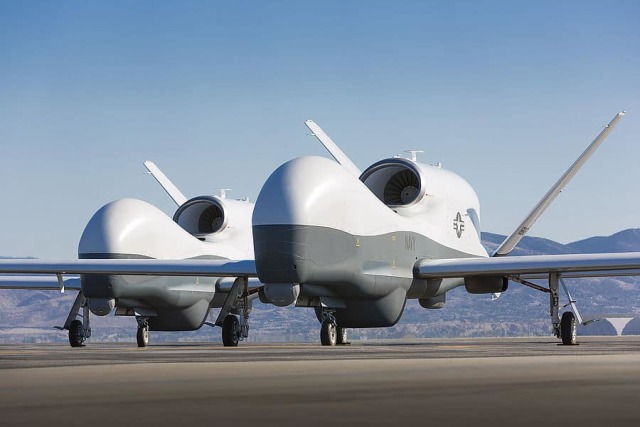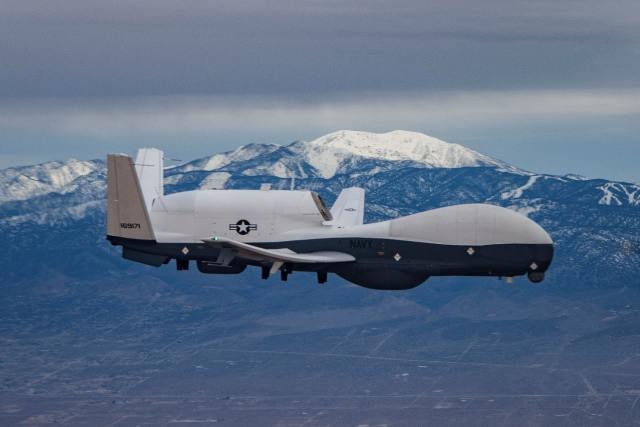Northrop Grumman Corporation supplied the US Navy with the first serial MQ-4C drone in the Integrated Functional Capability (IFC)-4 version. The basic version of the UAV was commissioned in 2018.
On February 1, Northrop Grumman delivered the serial MQ-4C Triton to the US Navy in a new Integrated Functional Capability (IFC)-4 multi-reconnaissance configuration.
It is designed to meet the critical needs of the Naval Forces in the field of maritime intelligence, surveillance, reconnaissance and targeting. Among other things, IFC-4 allows the exchange of intelligence data with multiple sources.
The device was delivered to the Patuxent River Naval Air Base in Maryland. The upgraded MQ-4C Triton performed its first test flight on July 29. "The Triton multi-reconnaissance configuration will completely change the way the US Navy and the Royal Australian Air Force conduct maritime patrols and reconnaissance," Northrop Grumman said earlier.
As noted in the corporation, they are working closely with the Navy to bring Triton to initial operational readiness and allow it to operate anywhere on Earth.
The new version will give the Navy the opportunity to decommission the EP-3E Aries aircraft, since Triton will be able to take over the intelligence gathering missions that now lie on its shoulders.

MQ-4C pair
Image source: navalnews
The Northrop Grumman MQ-4C Triton is a long-range and high-altitude reconnaissance UAV designed for the US Navy. It was developed under the BAMS (Broad Area Maritime Surveillance) program. Triton provides real-time data on vast ocean and coastal areas, continuously monitors the surface, performs search and rescue tasks and complements the Boeing P-8 Poseidon anti-submarine aircraft.
It cannot be called a completely new development. Triton was built on the basis of the RQ-4 Global Hawk, an American strategic reconnaissance unmanned aerial vehicle. The Global Hawk made its first flight in 1998.
Russia today lags behind the United States in the development of drones — as, indeed, almost any other country. At the same time, Moscow has recently taken several important steps in this direction.
The most ambitious Russian project in this area can be called the S-70 - an extremely large jet UAV capable (at least in theory) of performing shock missions. Flight tests of the updated version of the device, which received a flat nozzle, may begin in the foreseeable future.

